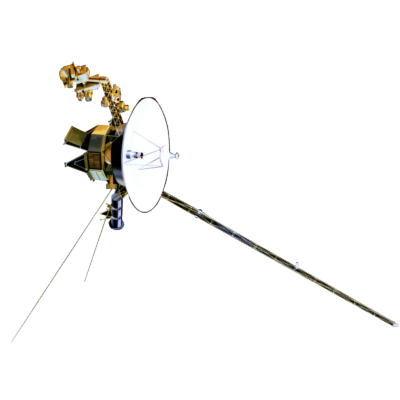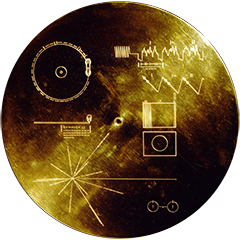Voyager LECP Data Analysis Handbook
Engineering Design
May 30, 1975
TO: Magnetospheres/Interactions Working Group
FROM: S. M. Krimigis
SUBJECT: MJS-77 Science Capability Review on July 29-30, 1975
During the week of May 19, I had the opportunity to get together with Ed Stone and some members of the group at the Jupiter conference in Tucson. Two items were discussed.
(a) The July 16-17 date was inconvenient for a large number of working groups, so that a new date was proposed and adopted, i.e., July 29-30, 1975.
(b) The content of the presentations by the various working groups in general and our own Working Group in particular.
With regard to (b), it was thought that a presentation which highlighted those problems in the environment of Jupiter which have not been resolved by the Pioneer data would be most appropriate. In line with this philosophy, and following the presentations during the Jupiter conference, we came up with the following set of talks.
- Introduction (most probably a brief description of the particles and fields instrumentation on MJS). - Krimigis
- What mechanism controls particle flux levels in the inner Jovian magnetosphere (L less than approximately 12)? (diffusion and identification of wave particle interaction modes) - Scarf
- Which part of the Jovian magnetosphere is dominated by corotation? What are the convective processes in the distant Jovian magnetosphere? (to include plasma, energetic particle, magnetic field, and wave measurements) - Vasyliunas
- What kinds of satellite interactions are there within the Jovian magnetosphere (emphasis on observed properties and how MJS instrumentation will give more definitive answers). - Siscoe
- What are the source(s) of the Jovian radio emission? - Warwick/Gulkis
- Prospects for Saturn - Lanzerotti
The talks should be ~25 minutes long (except for the first one, which should be ~10 minutes).
Please, let me know of your comments by the time of the AGU. I also urge that information and results relevant to any of the above subjects be sent to the appropriate person.
Next: MJS77 Requirements for FDS-SE Processing and Display of LECP Related Data During System Test
Return to Voyager
LECP Data Analysis Handbook Table of Contents.
Return to Fundamental
Technologies Home Page.
Updated 8/9/19, Cameron Crane
VOYAGER 1 ELAPSED TIME
*Since official launch
September 5, 1977, 12:56:00:00 UTC
VOYAGER 2 ELAPSED TIME
*Since official launch
August 20, 1977, 14:29:00:00 UTC
QUICK FACTS
Mission Duration: 40+ years have elapsed for both Voyager 1 and Voyager 2 (both are ongoing).
Destination: Their original destinations were Saturn and Jupiter. Their current destination is interstellar space.



